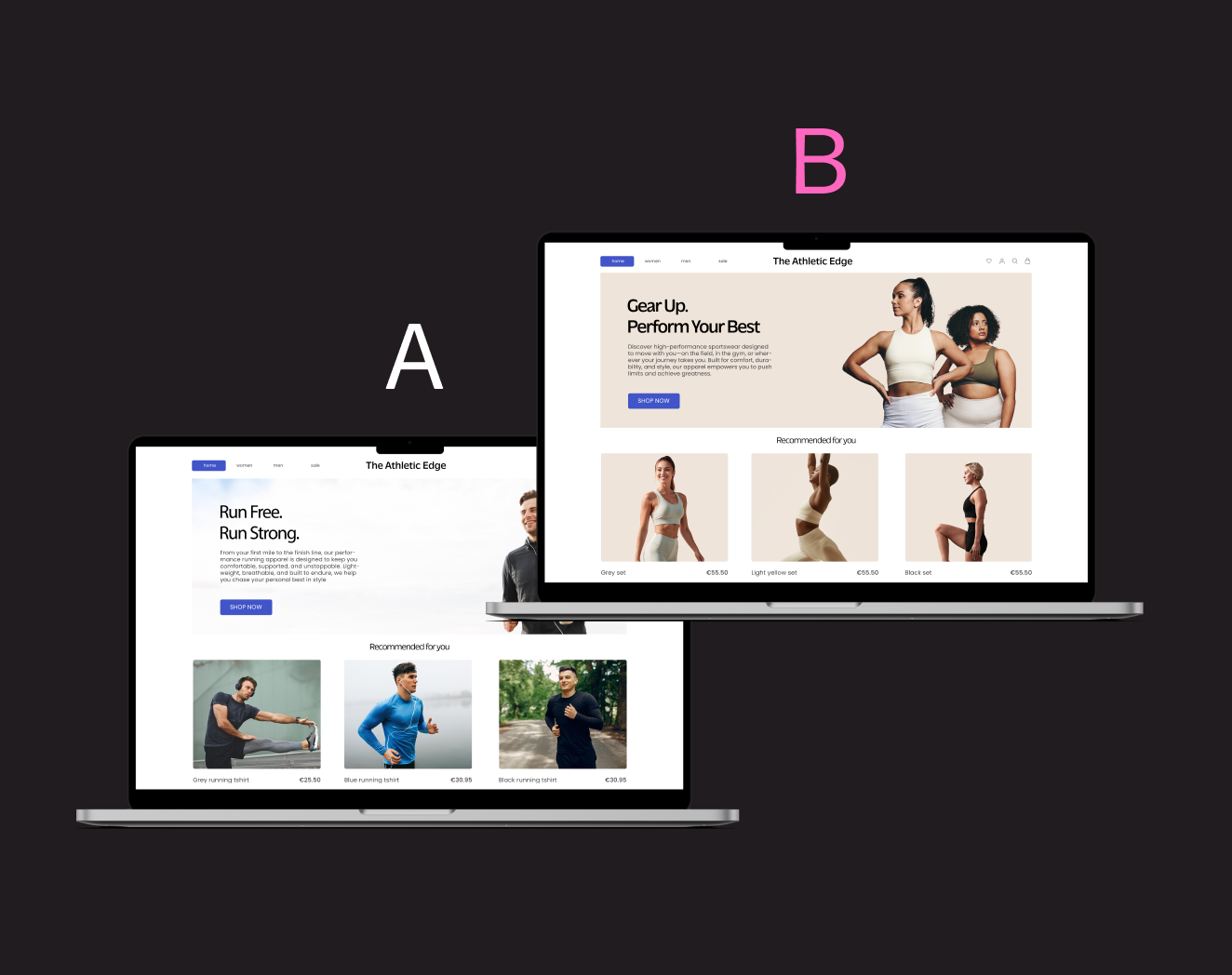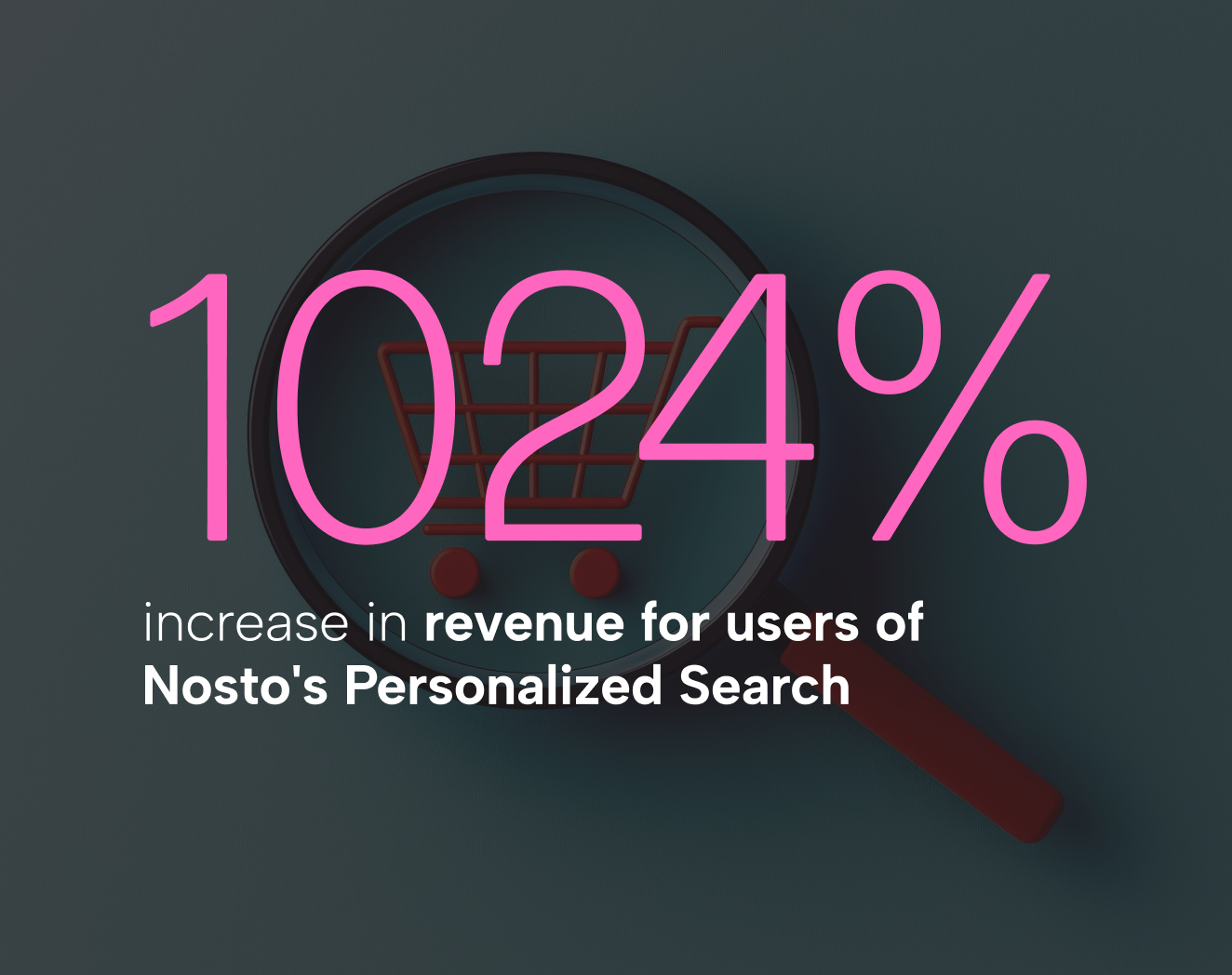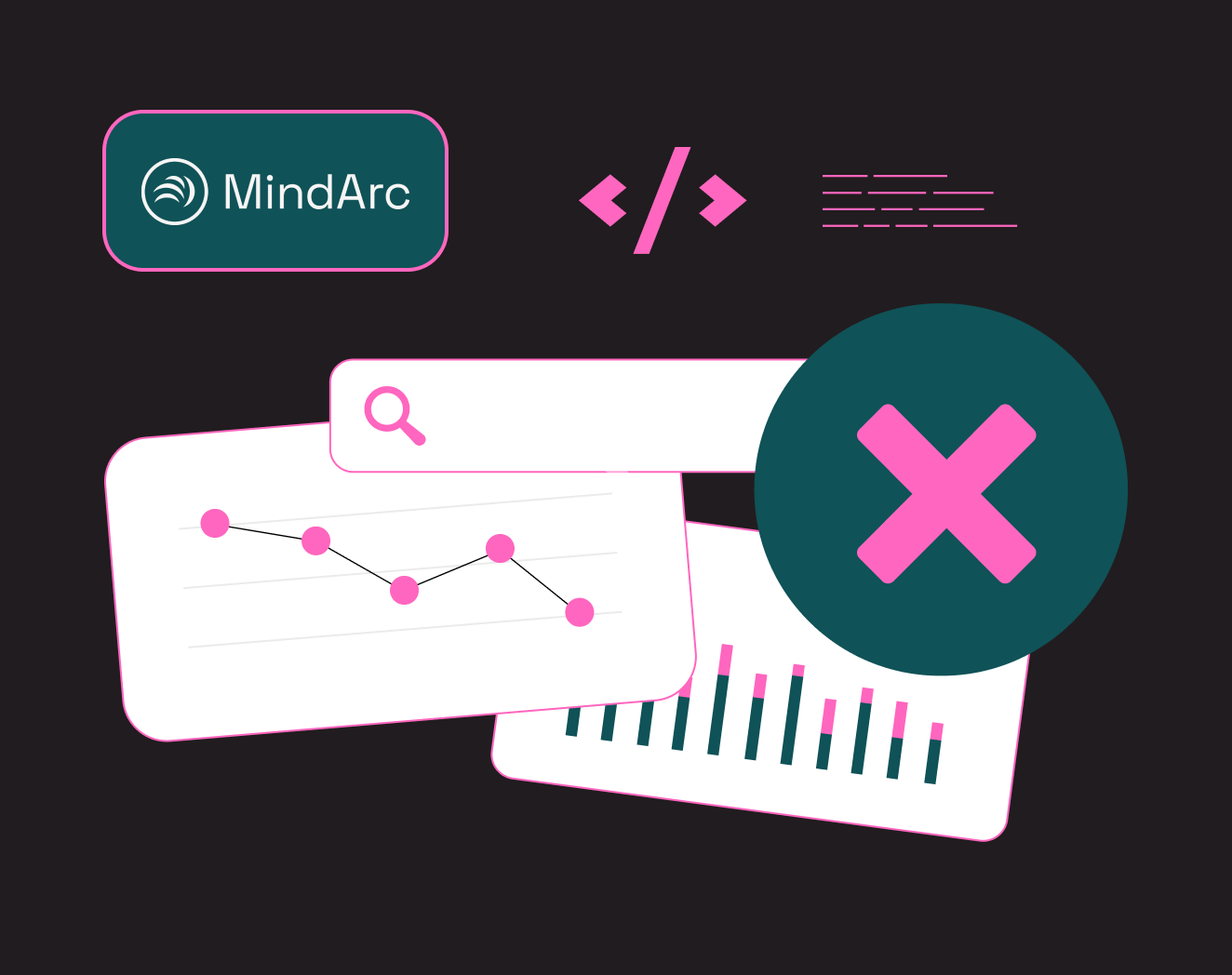Pricing Strategy Examples
Know, Own and Master your Pricing Strategy
Did you know that:
- 90% of buyers research online to find the prices and deals.
- In just 5 minutes you can see more than 50 deals from different websites, thanks to price comparison engines.
- 20% of ecommerce website traffic comes from price comparison sites.
- 60% of buyers state that price is the most important factor in purchasing decision.
- Price has been shown to be even more important in emerging Ecommerce markets.
When it comes to online purchases, pricing is even more important than in offline shopping. Offline you can touch the product. Did you know this will make you feel as if it were already yours? Yes, it causes that feeling in your subconscious. And after that, leaving that absolutely wonderful product that was yours for a second will be a loss. Moreover, the store will likely have some physical conditions to boost your buying behaviour: music, perfumes, mirrors, there is not anything there without a reason. Everything is saying, buy it now! Now that you know you want the product, it is time to check the price. Where is it? After some seconds searching for it, you find the small label with the price… It may be slightly high, but hey! That label says it is 5% off and you have been working hard lately, I think this time you deserve it, so why not?
On the other hand in online shopping, things are quite different. Sadly you can’t try the product, you can’t even touch it. The environment is not a full place with music, smells and other people buying like in a physical store, but a screen. Maybe even a small screen if you are using a smartphone. If you have been researching online about the product, you are more prepared to take an objective decision. Even the marketing strategies that are actually possible online, may be less efficient.
And the price is not the last thing you see. On the contrary, it is likely in red, close to the main image of the product. Actually, it is very likely that after the product price was the second thing you noticed. Besides, in the next window of your browser, you can have competitor price tracking software.
At this point, there shouldn’t be any doubt about how important price is. Taking control of it is an essential action to take for every business. And do not think that it is just the Marketing Department’s responsibility because that is not true. Pricing is a strategic decision that should involve the whole company. In fact, pricing is not just a conversion tool linked with effective sales, but a more complicated factor that also helps your website to get more visitors. That is why there are different pricing approaches. Do you want to take the best of each of them? Let’s see four pricing strategies:
Pricing strategy 1: Economy Pricing
Base it on costs, this is the most intuitive strategy and the most used among ecommerce managers of small businesses. The idea is quite simple. You just need to calculate the costs involved with a product, define the margin you want to achieve and add it to the costs. The result will be your price.
Though it is easy, it still has its issues. How are you going to calculate the costs of your product? The price you paid for the raw material is not the only thing you have to take into account. You also have to add the salaries, or a proportion of them, that you will pay to the workers involved in the process. The same happens with the rest of the general costs such as electricity, security, etc. Each product is responsible for a small proportion of them, and if you want to implement this strategy properly, it is important not to ignore that.
If you opt for a cost-based pricing approach you need intelligence for measuring and approximating all the factors involved in costs. But this is not the big problem. Today with all the advances that technology is making, measure internal data is possible. The big problem here is, how are you going to set the margin? Randomly? The same for all the products?
We have learnt that in business random decision bring bad results, so that is not an option. And setting the same margin for all products may be easy, but it is certainly not efficient. You can end up pricing some products too cheap and others too high. This is the weakness of this strategy – it doesn’t pay attention to what is happening out there in the world.
The time to think of world as revolving around oneself has gone. If you want to take a good pricing decision, you shouldat least be aware of the competitive framework in which your type of product is located.
However, do not forget what you have learned in this strategy because costs are an essential part to take into consideration. With it we know our internal process very well, now let’s join the rest of the world…
Pricing strategy 2: Market Penetration Pricing
The Ecommerce market is extremely big. Buyers know it and they are willing to compare options to take the best one they can find. With that in mind, you can’t just rely on your internal intelligence and base the pricing on your costs. You need to add the external factors of market conditions.
It is essential that you research where are your prices sit in the market and how customers think about your products. For this you can look at user reviews, the demand for you product category, the size of the supply, etc.
For measuring the demand and reviews, you just need Google. Go to the search engine and enter your products names with the word opinions and then with reviews. When you finish, do the same with the company name or the brand. For demand, you can do an estimation using Google Trends and the keyword planner. A price tracking solution can help you with the first and the last ones. You will see your prices in comparison with competitors, but also you will be able to track their supply of products. With this tool, you might discover that your prices are too low and that you could raise them keeping your attractive low-priced position. Also, you can discover your competitors are out-of-stock and take advantage of it to offer a deal… or maybe to raise your prices.
Pricing Strategy 3: Dynamic pricing
Dynamic Pricing follows the same logic explained above but adds the possibility of changing your prices automatically according to changes in the market. The software available in the market today allows you to set a minimum and maximum price. The maximum is not very important if people are willing to pay it, but the minimum should be set according to the information collected following the cost-based strategy. You also can integrate an API in the price tracking software so that the bot will change your prices when a change in your competitors’ prices and/or stocks happens.
Pricing strategy 4: Target Market Pricing
Until this very moment we have focused on you and your competitors, but in regards to your customers we have only checked the demand in general. Now is time to add your specific client base to the formula.
What you need to do is answer two simple questions. What kind of customers do you have? And do they buy on the basis of the product image or the pricing?
With product image, we are not only talking about the design but about the brand power you hold, which will add value to the product. It is very easy to see in fashion. A t-shirt has a price, but a Versace t-shirt has a much higher price. The t-shirt function is the same in both cases, but the product image is not. If this is the case for you, pricing shouldn’t be the first thing your customers see when buying on your website. Keep the tone of your pricing communication very low and don’t offer very big deals.
But this is often not the case since each market just has a small bunch of “Versace”. If your customer takes price into consideration, like the majority of them does as we stated in the beginning, then you need to offer competitive prices.
Pricing strategy 5: Psychology Pricing
Take advantage of psychology, have you ever wondered how we make purchase decisions? Many people do, and some even research it. Neuro-marketing is the academic area that explores the customers’ behavior. They analyse everything, ranging from how smells and colours affect us when buying, to how pricing does. So, what have we learnt about pricing thanks to neuro-marketing?
- 9 is better than 0 because $99 seems lower than $100. Yeah, this works! At a first glance you see fewer numbers in $99, so would you pay a three digits price for something you could get by for just two figures?
- Technical geeks don’t like 00 and 50. Someone that loves technical specification will find a price like $639.96 much better adjusted to the product than $600 or $650. Don’t give specialists rounded prices. Amazon’s sellers know this well.
- But if your customer is not a specialist and is driven by emotions, you can round the prices, as has been done with these lovely products on Wallpaper Store. In this case, people don’t care about the dimensions of the product as a value generator, but about how beautiful they will look in their homes. Setting a not-rounded price here adds complexity to the purchase, and people don’t want difficult things that they can’t solve. Just as technical geeks like difficulties because they are able to solve them. So set rounded prices for emotional purchases.
- Smaller prices (in terms of the size on the page, and not the amount) convert better than bigger ones. However, if you have a deal, make sure that people see it. Put it somewhere prominent, but don’t oversize it. Remember, size matters!
- Smaller prices convert better than bigger ones? No, I am not repeating myself, this one has another interpretation that also works: Prices that are smaller when you say them out loud, convert better than bigger ones. $35.24, or “thirty-five-twenty-four” will convert worse than $35.19. “Thirty-five-nineteen” will convert better every time.
Pricing Strategy Tips
Pricing is a difficult decision in which all the company has to participate. You need a comprehensive approach to it. Competition is hard, but here you have some tips to improve your decision making process and increase your conversion rates. Each company has its particularities and nobody but you will know how to best set your prices. Try what you have learnt here to implement a holistic price strategy. Also, do not be afraid to take advantage or trial and error. If something you try doesn’t work, take it as an opportunity to learn and improve. Eventually, you will end up with the best pricing strategy possible for your business!
GUEST BLOG: Burc Tunir is the CEO at Prisync.com, the competitor price tracking software for e-commerce companies of all sizes from all around the world.
***
Like this? Check out 5 tips to improve your logistics strategy and increase customer loyalty




